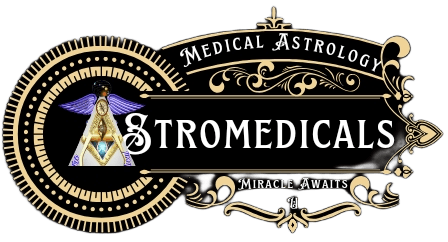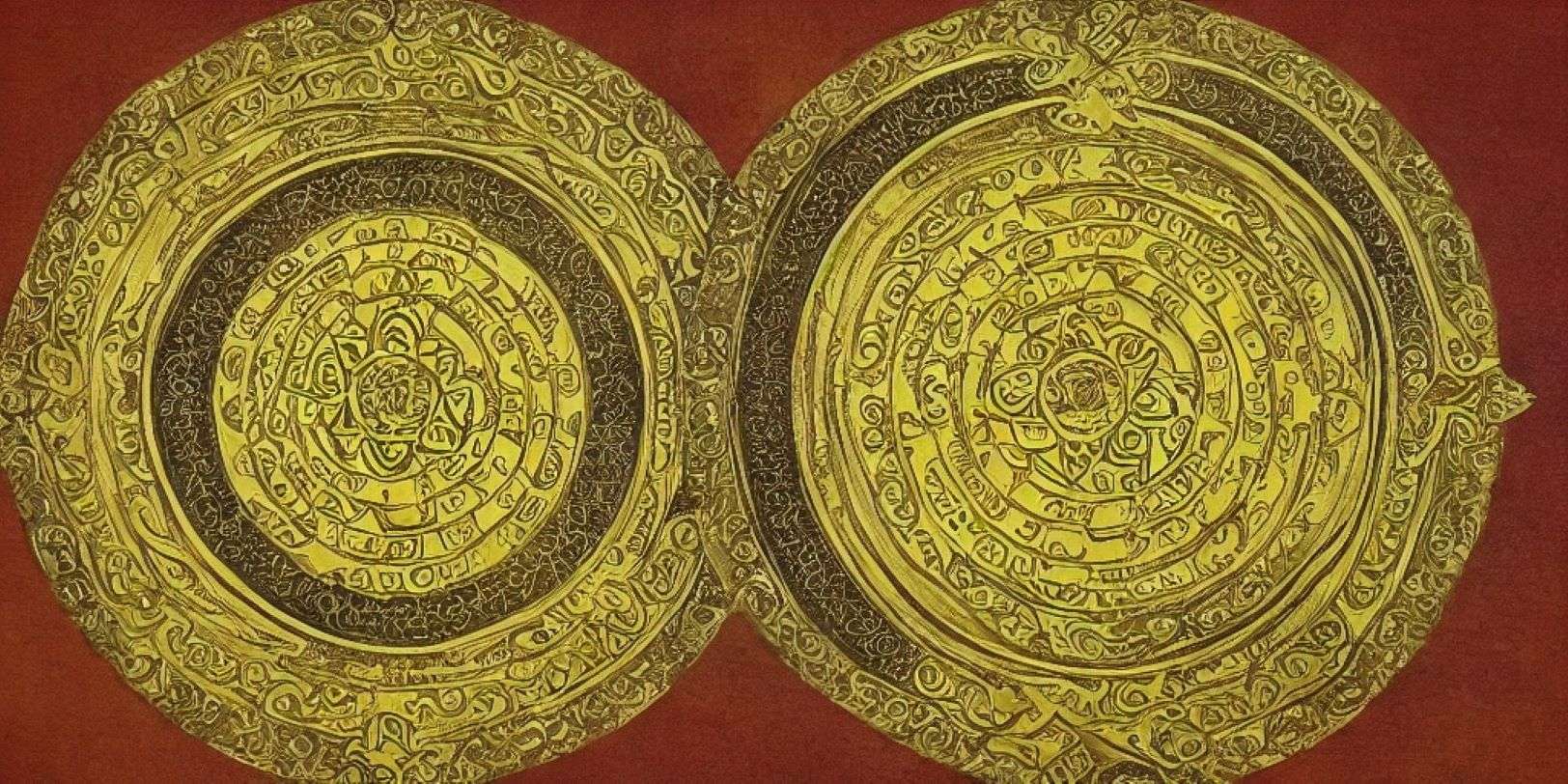
Ayurveda and Dhanvantari, often referred to as the “Science of Life,” is one of the world’s oldest holistic healing systems. Rooted in ancient Indian traditions, it has been practiced for over 5,000 years and continues to play a significant role in modern healthcare. At the heart of Ayurveda lies the invaluable contributions of Dhanvantari, an ancient sage and physician who is revered as the father of Ayurvedic medicine. Dhanvantari’s wisdom and knowledge have left an indelible mark on this holistic science, shaping its principles, therapies, and understanding of health and well-being.
Dhanvantari’ Life and Background
Dhanvantari is believed to have lived around 1500 BCE, during the Vedic period in India. He is often depicted as a divine physician holding a pot of nectar in one hand and the “Amarakalasha” (a symbol of immortality) in the other. This symbolism reflects his profound understanding of healing and his association with the preservation of life and well-being.
Key Contributions to Ayurveda
1. Compilation of Ayurvedic Texts:
Dhanvantari’s most significant contribution was the compilation of several foundational texts, the most renowned of which is the “Dhanvantari Samhita.” This text serves as a primary reference for Ayurvedic principles, including the classification of diseases, diagnosis, and treatment methods. It encompasses a comprehensive understanding of the human body, herbal medicine, and surgery, making it an essential source of Ayurvedic knowledge.
2. Herbal Medicine:
Dhanvantari’s expertise in herbal medicine is legendary. He identified and documented the medicinal properties of countless herbs and plants, emphasizing their role in preventing and curing diseases. The “Dhanvantari Samhita” includes detailed descriptions of various herbs, their preparation, and their applications in different treatments.
3. Panchakarma:
Dhanvantari played a pivotal role in developing Panchakarma, a detoxification and rejuvenation therapy that remains a cornerstone of Ayurveda. This holistic approach includes practices such as oil massage, herbal enemas, and controlled diets to cleanse the body of toxins and restore balance. Panchakarma has proven effective in managing various chronic ailments and promoting overall well-being.
4. Surgery and Surgical Instruments:
Dhanvantari made substantial contributions to surgical techniques and the development of surgical instruments. His work laid the foundation for Shalya Tantra, a branch of Ayurveda focused on surgery. He designed and described innovative instruments for performing surgeries, some of which are still in use in modern surgical practices.
5. Holistic Healthcare:
Dhanvantari’s holistic approach to healthcare stressed the importance of maintaining a balance between the mind, body, and spirit. He emphasized the significance of dietary habits, lifestyle choices, and mental well-being in preventing and treating diseases. This holistic perspective remains a fundamental aspect of Ayurveda.
Legacy and Impact
Dhanvantari’s contributions to Ayurveda have left an enduring legacy. Ayurvedic principles and practices have evolved and adapted over the millennia, integrating with modern medicine and wellness practices. In India and across the world, Ayurveda continues to gain recognition for its holistic and natural approach to healing.
The annual observance of Dhanvantari Jayanti, celebrated on the thirteenth day of the bright fortnight in the month of Ashwin (usually in October), is a tribute to his contributions. During this day, practitioners of Ayurveda and devotees honor Dhanvantari by offering prayers and seeking his blessings for the well-being of all living beings.
In conclusion,
Dhanvantari’s enduring contributions to Ayurveda have significantly impacted the way we approach health and wellness. His wisdom, documented in ancient texts, serves as a timeless guide for those seeking a holistic, natural, and balanced approach to healthcare. As Ayurveda continues to gain recognition and influence in the modern world, Dhanvantari’s legacy remains a beacon of wisdom and healing.








